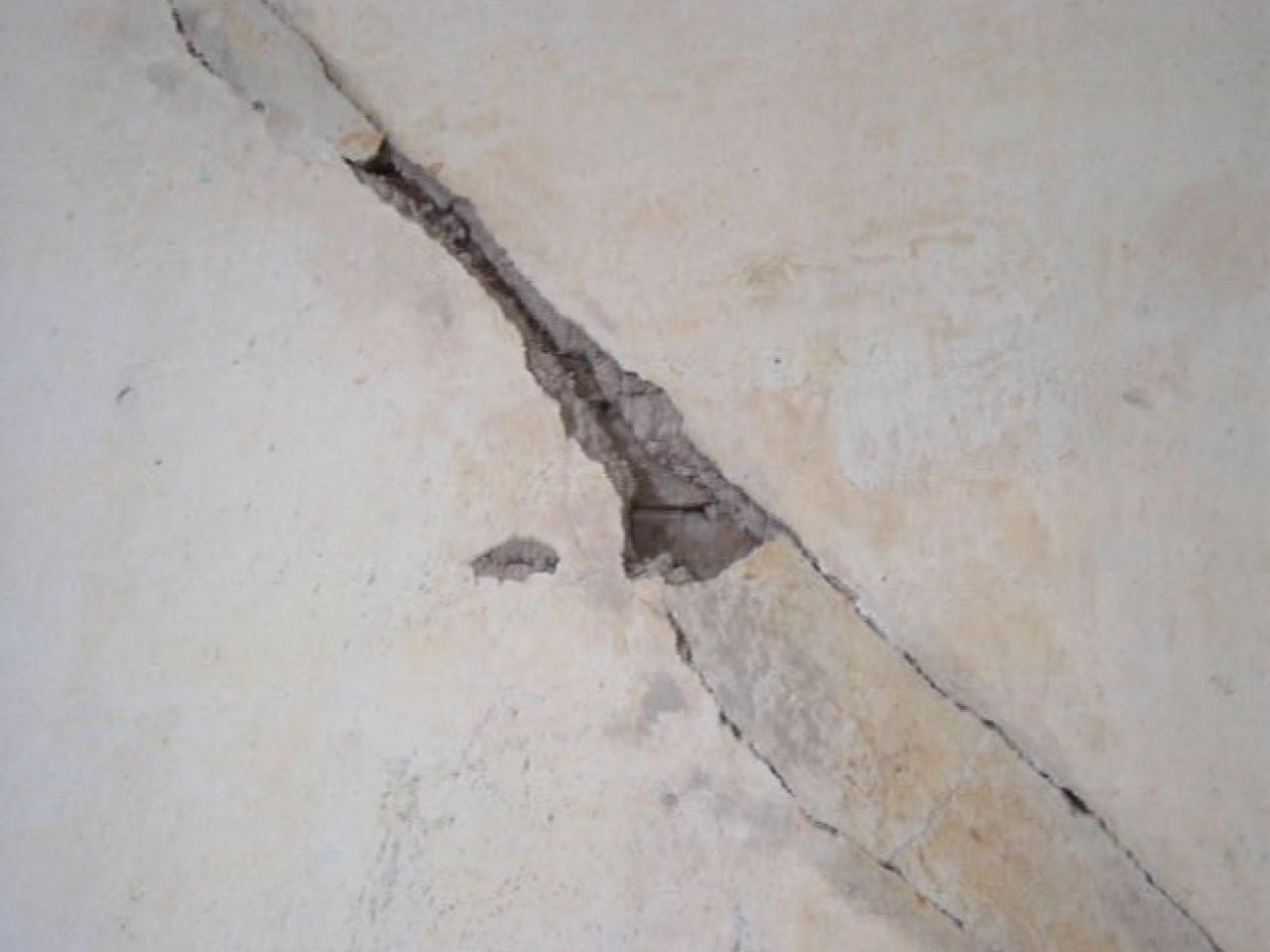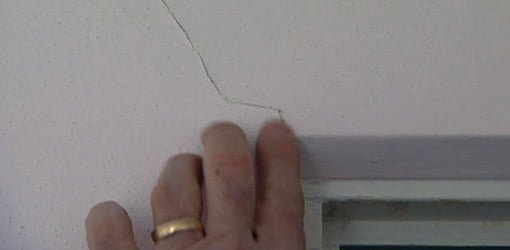Crack In Plaster Wall Repair

'The plaster walls in my 1907 house seem basically sound, but I need to fix a number of cracks. Also, there are a few places--about two feet square--where the plaster feels loose. Any suggestions on how to repair these problems?' I was feeling pretty good about all the work I've done around my own house recently until this question came in. Now as I stare at the cracks in the walls and ceiling in my home office (if you've never lived with one, writers will do nearly anything to avoid writing!) I realize I've got more work to do. I'll deal with your question in two parts. Today let's tackle those cracks.
First, you should know that plaster cracks are a normal occurrence, and you'll probably have to patch a few of them each time you repaint your walls and ceilings. The cracks occur because plaster is fairly brittle while buildings--despite their seeming permanence--tend to move around quite a bit.
Chances are that some of the cracks in your walls run out at odd angles from the corners of windows and doors. These are caused by the fact that your house (like most if not all houses) has settled over the years. Other wall and ceiling cracks probably run in more-or-less straight lines--almost as if someone had planned them that way. These cracks are usually caused by seasonal changes in humidity, which creates stress points in the plaster as the framing lumber in your walls expands or contracts as it takes on (or gives up) moisture from the air.

Gabriel Knight 2 Dosbox Dvd Installer In Hesperia. Expert advice and detailed instructions on repairing the most common plaster wall and ceiling problems, including cracks, holes, and sagging. This Old House general contractor Tom Silva shows a newer, faster way to fix cracked, loose plaster walls.
Given that cracks will reappear sometime down the road, your goal with this job is to delay that day for as long as possible. To do so, you'll first need to tape the cracks before repairing them. Otherwise they'll reappear within a few months, or sometimes even a few days. To complete this job, you'll need four-inch, six-inch and 10-inch drywall knives.
You'll also need a drywall pan or a plaster's hawk to hold the 'mud' you'll use to repair the cracks. Begin the repair process by removing all loose plaster along the cracks. Then tape the cracks using self-adhering fiberglass mesh tape, which you can find at any hardware store or lumberyard. Next, apply three or four layers of joint compound (using a wider knife each time) to cover the tape and disguise the repair. Finally, sand out any imperfections and uneven spots so that your repairs blend invisibly into the existing plaster. Download Nvidia Geforce Fx 5200 Driver For Windows 7 32bit. Why use self-adhering tape? Because it's easier to apply and more flexible and long-lasting than paper tape, which needs to embedded in a layer of joint compound to stick.
Which type of joint compound should you use? I've successfully used everything ranging from dry powders to the goo that comes in standard, ready-mix 5-gallon containers. The advantage of ready mix compounds is that they're easy, cheap and don't have to be mixed. The advantage of the powdered joint compounds that you must mix with water is that they dry more quickly, form a harder finish, and bond better to the old plaster. But these days, I use neither. Instead I use the newer 'lightweight' ready-mix joint compounds.
Unlike their predecessors, these new-generation compounds don't shrink as they dry. And while they don't form as hard of an outer layer as dry powders, they do offer another distinct selling point: once you've applied three layers of compound over your tape you can 'sand' lightweight joint compound using a damp sponge--avoiding the dust that is created when you use sandpaper. Also See: Fixing soft spots Ken Holmes is an award-winning print and web journalist and editor, as well as a former contractor.